Changing Face of Bangladesh

Abdul Mannan:
On 26th of March next, Bangladesh will be celebrating its 50th year of existence as an independent nation and its golden jubilee celebration year is already full of many success stories with few deep dents that has caused harm to its image and development, one being the unabated rise of corruption amongst a section of businessmen and government servants and bureaucrats. This opinion was even supported by the country’s Foreign Minister. Today’s generation will fail to understand the birth pangs of this country and most of the current generation unfortunately loves to live in the present day reality and refuses to look back. Every nation has its past and every citizen must be aware of it, otherwise they will be similar to rootless floating debris in a river. Just on the eve of its Golden Jubilee celebration, Bangladesh, the country which emerged out of blood, sweat and tears in 1971 have reached a milestone on 27 February 2021 when the United Nations gave its final nod to Bangladesh’s graduation from Least Developing Country (LDC) status to bracketing itself as a Developing Nation. As of now Bangladesh will be bracketed with countries like China, India, South Korea, Vietnam or Malaysia. On 3rd March America’s prestigious Wall Street Journal (WSJ) carried a feature by Mike Bird titled ‘Bangladesh Is Becoming South Asia’s Economic Bull’. The feature starts with ‘Bangladesh achieved an economic landmark last week, when the United Nations’ Committee for Development Policy recommended that the country graduate from the least-developed-country categorization that it has held for most of the 50 years since it became independent.’ However some like BNP’s Secretary General Mirza Fakhrual Islam would disagree with such observations or with the United Nations. On 28th February BNP in a party rally held in Rajshahi Mirza Fakhrul said the country’s economy has collapsed and on the same day BNP leaning pundit the extraordinary know something of everything Dr. Zarfullah Chowdhury predicted that ‘famine is imminent in Bangladesh and I do not know how many people will die of starvation’ (Dainik Kalerkantho. 1st March 2021). I am not sure if he has reasonable understanding of the concept of modern day famine.
According to FAO today the world produces enough food not only to feed its 7.6 billion people but can feed almost 10 billion people. Still some Changing Face of Bangladeshcountries, especially in Africa suffers from food shortage and hunger due to civil war and tribal warfare. Dr. Zarfullah Chowdhury and the people whom he mentors would like to see something like what he predicted but they will be frustrated unless they are promise bound to create some similar situation in this county. Currently Bangladesh produces approximately 37 million MT of rice besides other food grains and at birth the country produced less than 10 million MT, about two third of what was required to feed its 75 million people. The rest one third would have to be brought from outside and as the country did not have money to import such essentials as food grains the people had to rely on food aid and relief. It was a time when country’s like Australia, former Soviet Union and some East European countries came forward with food aid. Japan along with UK, France and Germany came forward to give other commodity aid. The US had surplus food but the administration refused to come to aid of the hungry millions in this country as Bangladesh became an independent country defying Nixon administration wishes. The administration was not happy with break-up of their ally Pakistan and creating an independent Bangladesh. These are painful memories.
Today’s generation will find it hard to believe that initially Bangladesh did not have either any local currency or any foreign exchange to transact business internally or externally. Just before its surrender, the Pakistan army looted all the bank vaults across the country and whatever money was available were taken and the rest was burnt to ashes. For the first few months people used burnt out notes to make their everyday purchase and in some places even Indian currencies of small denominations were in circulation. In a bank vault US$ 18 was found, missed by the Pakistani troops. Today Bangladeshi’s foreign exchange reserve stands at US$ 44 billion plus.
For the first five years after the independence Bangladesh was seen as a doomed country by many international analysts and economists and could not predict any future for the country and said “if Bangladesh survives any country will survive”. Henry Kissinger, US President Richard Nixon’s Foreign Secretary would quite often describe Bangladesh as a basket case (bottomless basket). The country was termed as an underdeveloped country, with no hope and no future. Only one man saw hope and future of the country and that was the Father of the Nation Bangabandhu Sheikh Mujibur Rahman. When asked by foreign journalists about the future of the war ravaged country he would boldly say ‘We will rise. I have my hard working people and land.’ During his three and a half years of rule, the country rose from the ashes like the mythical phoenix bird, and began to walk. But the enemies of the country would not approve the achievements of this great soul and decided to assassinate him on the fateful night of 15th August 1975. For the following forty five years, the country was branded as an LDC and ironically it was during the rule of his hardworking daughter Sheikh Hasina, the country has graduated to the Developing Nation status. The graduation day was an auspicious day for the nation and its people. Congratulations Honourable Prime Minister Sheikh Hasina. This nation is grateful both to you and your father.
The graduation of Bangladesh was not easy. It needed meticulous and pragmatic planning, hard work from the policy makers and the people, especially in the agricultural sector and continuous effort of the government since Sheikh Hasina formed her second government in 2009. The last twelve years of her rule has seen many hurdles, conspiracies and behind the scene activities to project her rule as a complete failure as that of her predecessor Begum Zia. Two events stand out when one speaks of the conspiracies and hurdles. The first one was the conspiracy bogey raised by the World Bank with the help of some local civil society members and media involving the Padma Bridge. The second one was the mayhem created by the four party alliance under the leadership of former Prime Minster demanding for a general election under an unconstitutional government. It was the patience, perseverance and determination of Sheikh Hasina that Bangladesh overcame these conspiracies which helped Bangladesh achieve what was acknowledged by the United Nations on last Friday. Already, UN Secretary General Antonio Guterres has congratulated the Bangladesh Prime Minister for her achievement.
It may be useful to recall during Begum Zia’s rule Bangladesh hosted a LDC summit in Dhaka. When asked when would Bangladesh expect to leave the LDC status and begin a journey towards becoming a developing nation, Begum Zia’s Finance Minister late Saifur Rahman replied ‘We do not want to leave the LDC group of countries as due to this status Bangladesh gets many benefits which would not be possible if it was a developing nation’. Neither Begum Zia nor any of her ministers ever bothered about self-respect, dignity or the honour of the nation. On 30th June of 1972 the first Finance Minister of Bangabandhu’s cabinet Tajuddin Ahmed announced the National Budget titled ‘Budget for Reconstruction’. The total size of the budget was Taka 786 crore of which Taka 285 crore were earmarked for revenue expenditure and Taka 501 crore for development. Virtually 90 per cent of the both revenue and development budget were aid dependent as generation of internal revenue was negligible; and when the per capita income was about US$ 80, it was not unusual that more than 85 per cent lived below poverty level. The current fiscal year’s budget stands at US$ 67 billion though it might face slight cut due to the pandemic. The improvement in the power sector has been dramatic. The power generation capacity in 2009 was only 3000 MW which currently stands at 23,000 MW (Installed capacity). Today approximately 90 per cent of our revenue budget is financed from internal sources.
When Sheikh Hasina formed her government in 2009, Bangladesh’s GDP stood at US$ 103 billion. In 2019-20 the number increased to US$ 330.2 billion. In the beginning the export earning was US$ 15.57 billion that currently stands at US$ 40.54 billion. Sheikh Hasina began her rule in 2009 with US$ 7.47 billion reserve and now this has risen to US$ 44.00 billion. In 2008-09 Fiscal Year, the per-capita income of the people of Bangladesh was US$ 703 and when UN declared Bangladesh’s graduation to Developing Nation the figure stood at US$ 2064. The poverty rate from 40 per cent has come down to below 20.5 per cent while the extreme poverty rate hovers around 10 per cent or less.
Though Bangladesh fulfilled the basics for graduation to developing nation status in 2018 as per the UN mandate it had to sustain its success for two three-yearly reviews which Bangladesh finally did. In spite of some hiccups due to the Covid-19 pandemic, if Bangladesh can sustain its progress it will get the final nod to formally claim itself as a member of Middle Income Nation in 2026. Bangladesh has targeted 2031 as the year when it will become a High Middle Income Nation.
Now Bangladesh will have to think beyond 2026 as many of the tariff privileges it enjoys as an LDC country will cease to exist. Currently more than US$ 28 billion is earned from readymade garment exports. Though US, one of the largest importer of Bangladesh’s readymade garments, offers no tariff benefits to Bangladesh, EU is still generous on this count. The country’s agricultural sector is important and will continue to do so for years to come. It needs extensive automation. Bangladesh is a natural resource poor country and is currently dependent primarily on RMG as its principal export. The expatriate workers are an important partner in the development effort. But all of these will need to go through a complete overhaul in next decades to sustain the gains of the country’s previous decades.
Our most valuable resource is our young workforce. According to UNFPA Bangladesh young work force aged between 10-24 stands at about 48 million which is about 28 per cent of country’s population and amongst the member nations of UN is ranked fifth in terms of young population. By any standard this is an enviable pool as potential human resources. The government now needs to draw up a comprehensive plan to turn this pool of potential human resources by providing them the skills and use them to increase the productivity in all sectors, including those of the expatriate workers. Our workforce needs to be more competitive than their counterparts in the region. That is only possible through making our education more skill centric than certificate oriented. So when the tariff benefits of certain products are withdrawn Bangladesh’s main instrument of competition in different sectors would be productivity of our workers. Bangladesh will have to continue its efforts to enter different trade blocs and bargain for trade benefits.
The country’s RMG sector’s life cycle may not extend beyond next two decades and the number of people who would be employed in this sector will gradually decrease due to continuous automation of the production processes. The signs are already here. The country needs to expand its export basket. Bangladesh’s pharmaceutical, agro-products, ship building, textiles have shown signs of success. The food processing sector still remains virgin. At birth Bangladesh had a problem of management of deficit; now in many cases it has become management of surplus, especially in agricultural sector including marine products and fresh vegetables. The government needs to facilitate the growth of these sectors. Because of the disruption in supply chain caused by the current pandemic, many Japanese and Korean companies are pulling out their investments from China. Bangladesh can offer the necessary facilities and invite these companies to relocate their production and assembly facilities in Bangladesh. For this to happen, the country needs to pay more attention to development of its infrastructure and improve its performance in ease of doing business.
Finally the greatest hindrance to the smooth development of the country is endemic corruption in certain sectors and over-bureaucratization of some important state institutions. Bureaucracy is a necessary in all state affairs but over-bureaucratization can be and is counterproductive. Professionals needs more scope to work. The financial sector, including the banking sector, needs a major overhaul. A brighter future awaits for Bangladesh. Let us prepare to take it. Congratulations to those who created the success stories of Bangladesh over its fifty years of existence. Now let us look forward.
The writer is an analyst and a commentator


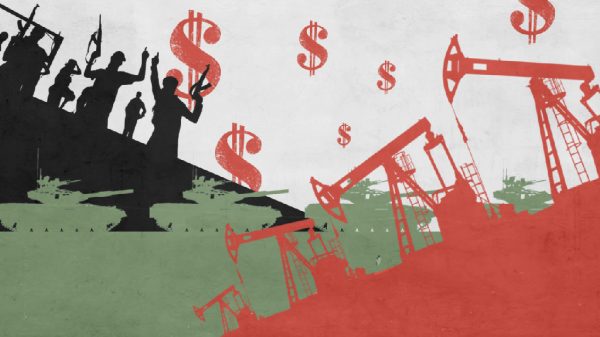
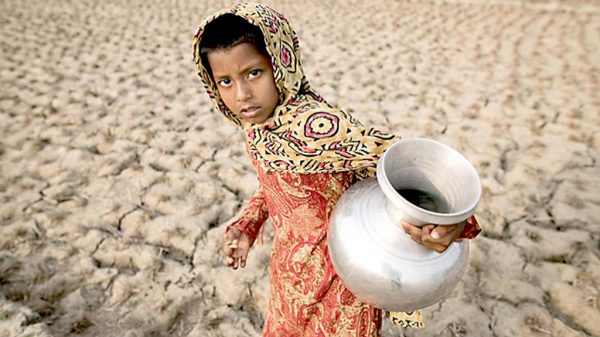
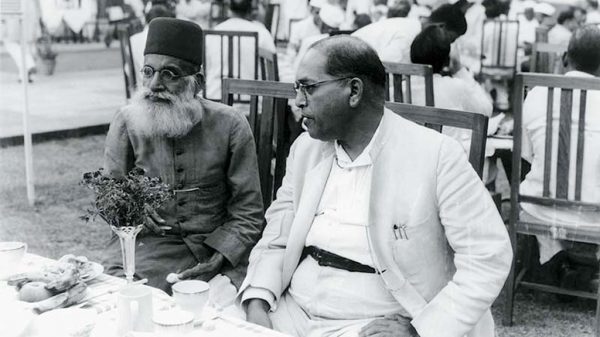
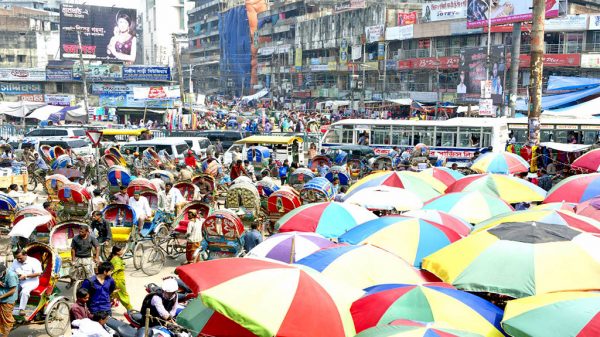
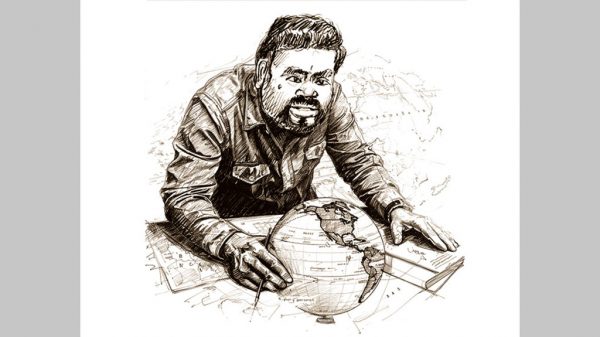
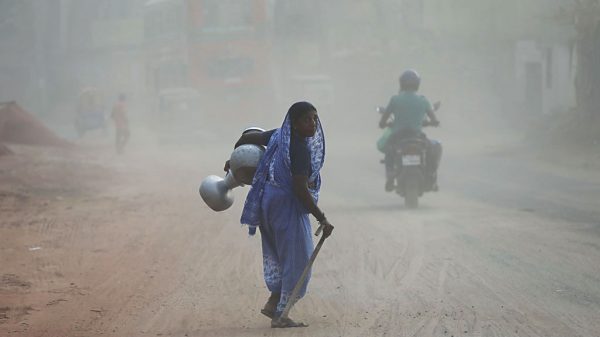

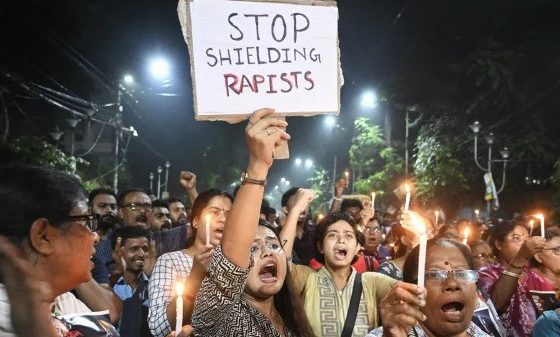
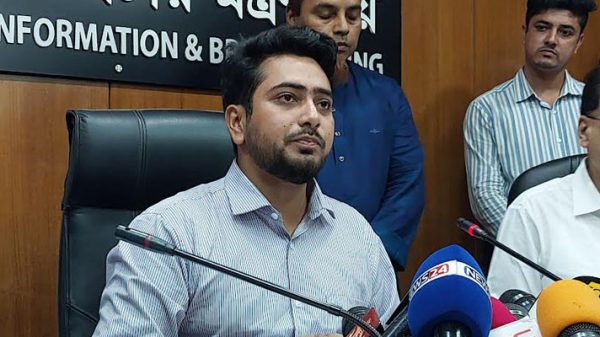
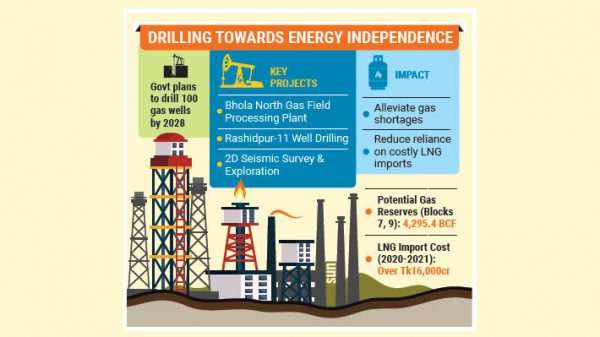
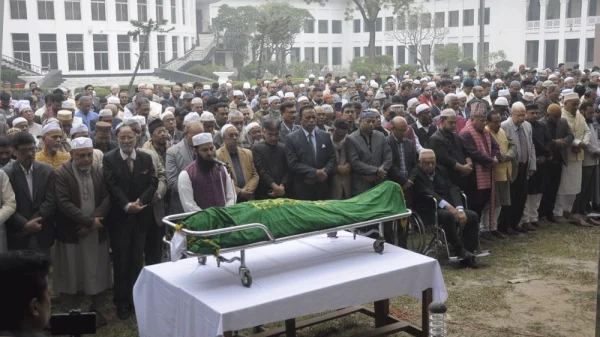
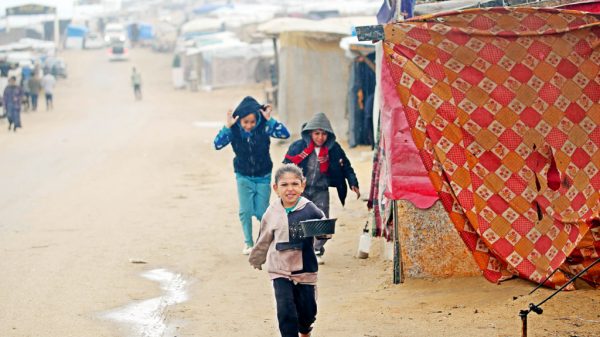
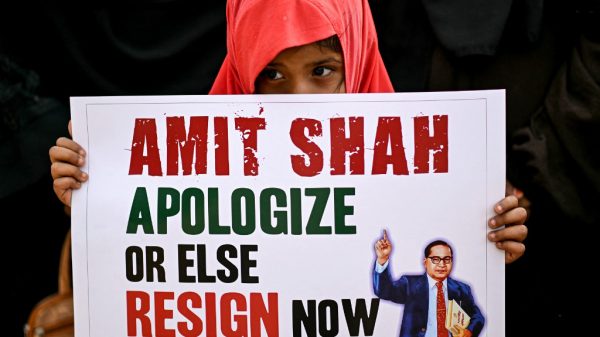
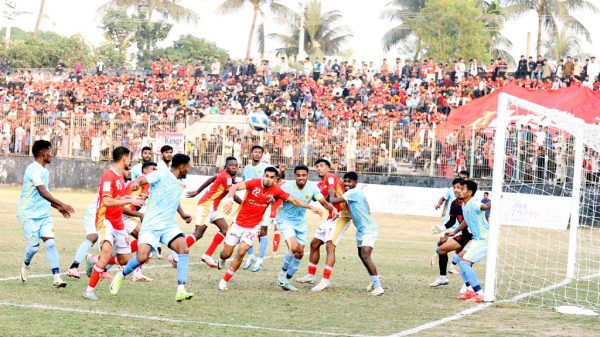
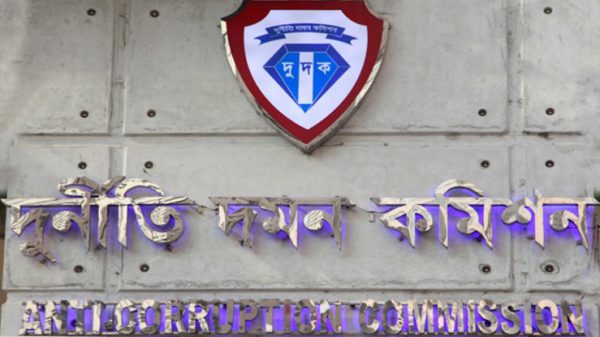
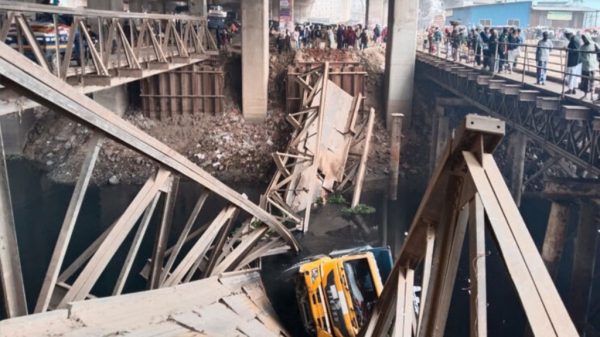











Leave a Reply